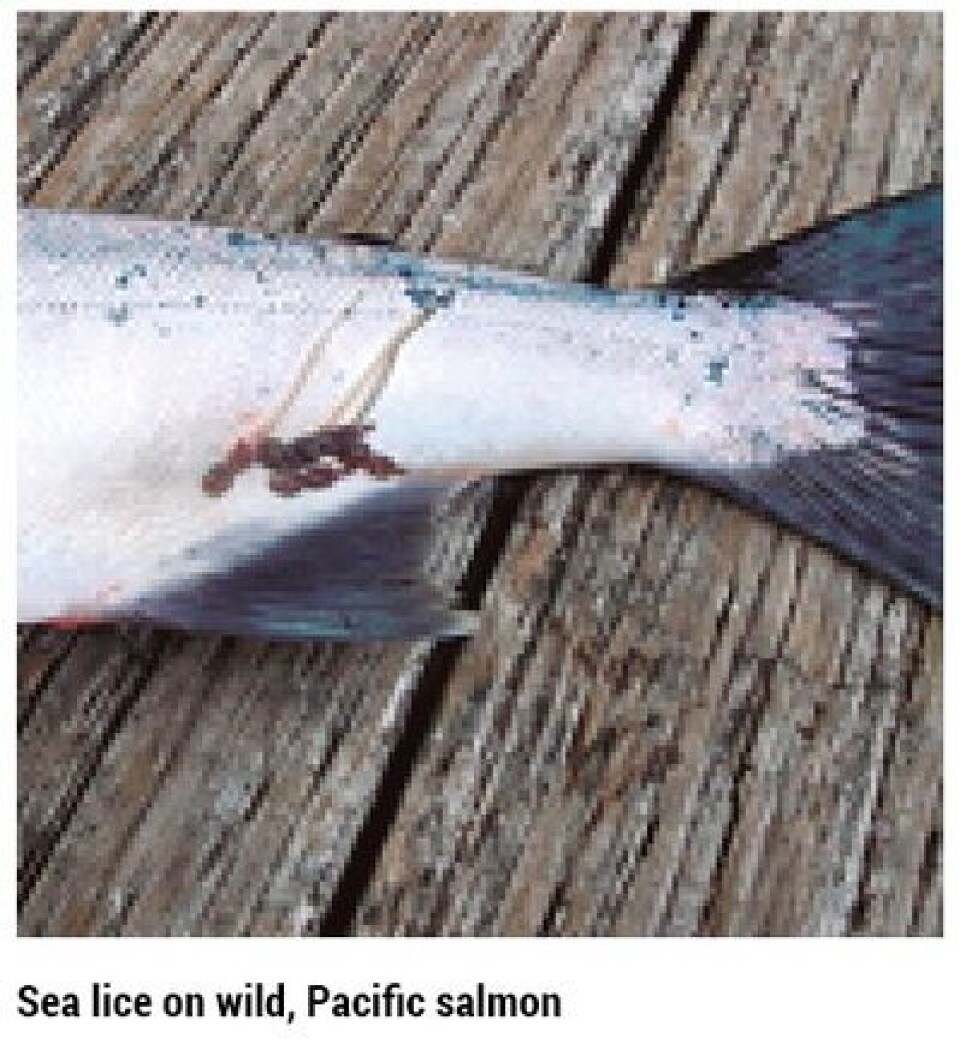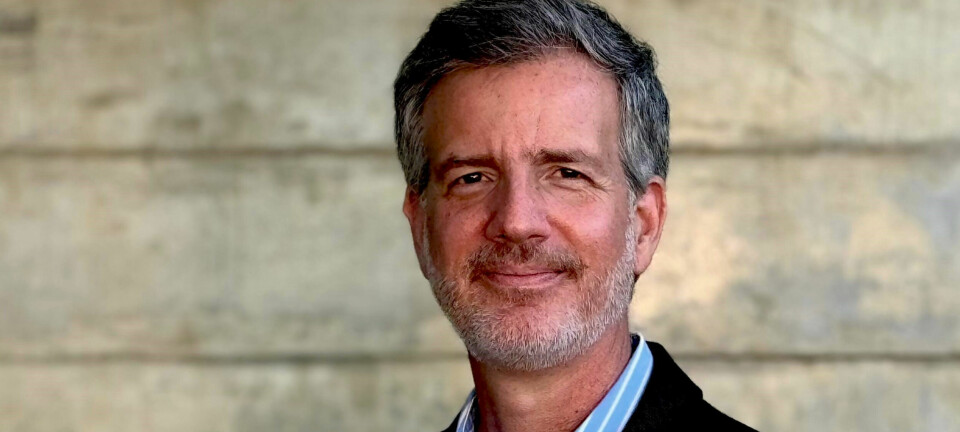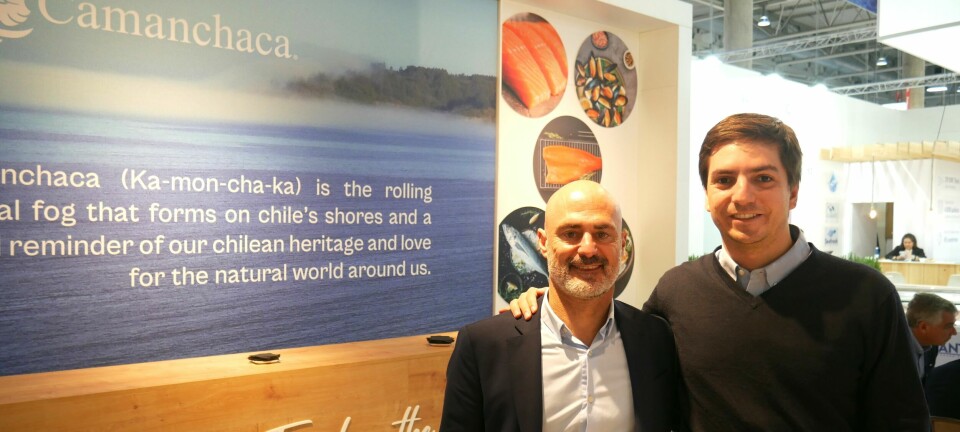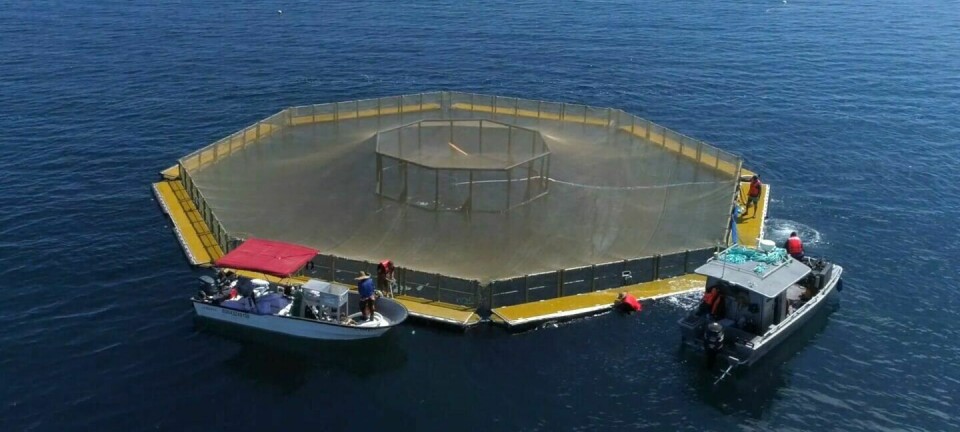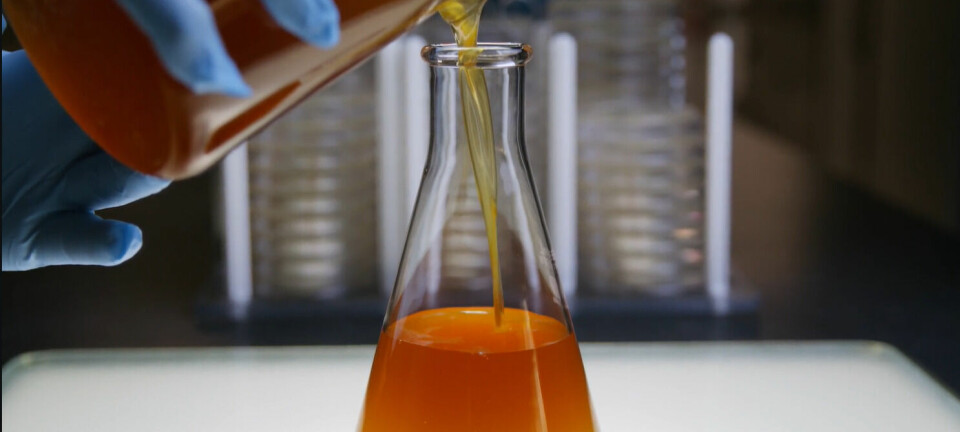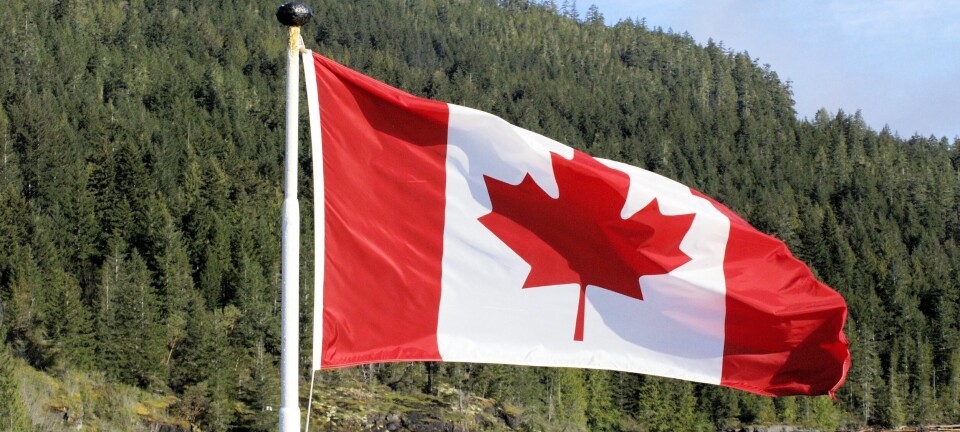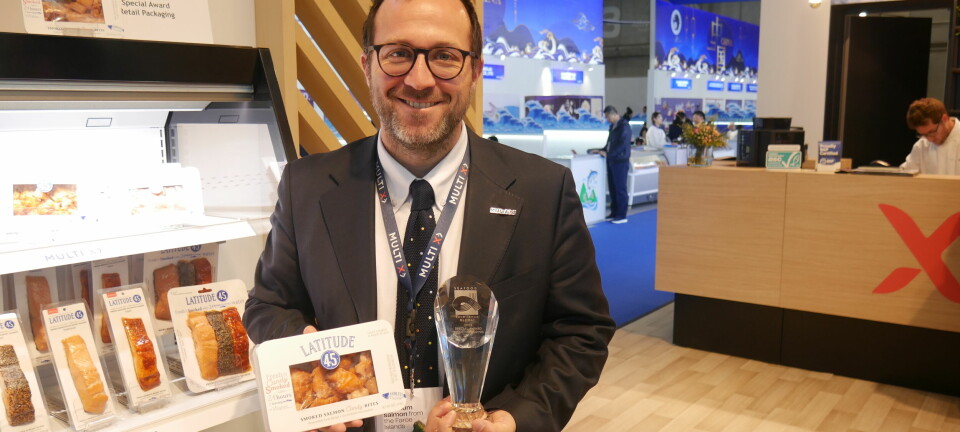Comparing regulations in BC and Norway
Odd Grydeland odd@fishfarmingxpert.com
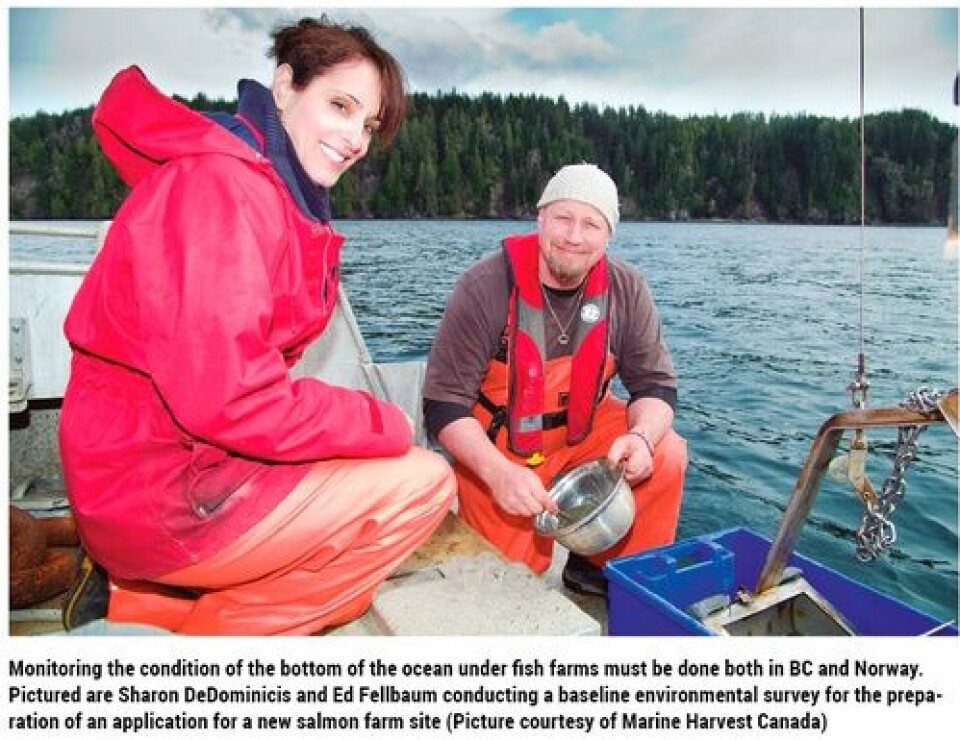
When the Canadian Department of Fisheries and Oceans (DFO) was forced by the courts to take over the regulatory regime for aquaculture in British Columbia in 2010, one of the things it did was to pledge that the industry should be more open with respect to the public reporting about what’s going on in the Province’s fish farms. One of the justifications for this policy was the belief that the salmon farming industry here is well regulated, well managed and therefore has nothing to hide. This has resulted in the following categories being available on DFO’s website as part of the mandatory reporting program:
• Benthic monitoring – this details company by company in each quarter and results of benthic sampling. • Escapes – any escapes or potential escapes are recorded and published, including the reason for escape. • Introductions and transfers – numbers of transfers within zones and between zones and by species. • Fish health management – number of active farms audited and carcasses sampled by quarter. • Incidental catch – recording by species by quarter by site, all wild species that are accidentally caught when harvesting. • Marine mammal interactions – publishing on a site by site basis, all accidental drowning or authorized marine mammal control activities. • Sea lice – sea lice counts by site by quarter. In Norway, the business of aquaculture is governed by the Law about Aquaculture (Aquaculture Law), which was last modified in July, 2014. Its stated purpose is: “To promote the profitability and competitive power of the aquaculture industry within a framework of sustainable development, and to contribute to the creation of wealth along the coast”. Under this law there are a number of regulations, of which two are of importance to the above-mentioned categories: • The Salmon Permitting Regulation (last revision dated March, 2011), which states the same purpose as the Aquaculture Law. • The Aquaculture Operational Regulation (recently updated in January, 2015) that also includes the additional purpose “To promote good health of cultured animals and to maintain good welfare of fish”.

Benthic monitoring § 11. of the Aquaculture Law says about environmental monitoring that: “The Department (Ministry of Trade, Industry and Fisheries) may through individual decisions or regulations require that anyone having or applying for an aquaculture permit shall conduct or pay for required environmental studies to document the environmental condition within the influence of the location during establishment, operation and liquidation of aquaculture. Environmental Studies under this provision may include investigations to clarify whether and how the aquaculture operation causes, has caused or may cause environmental impact”. § 36 of the Salmon Permitting Regulation states that applications for new sites (of which each Aquaculture Permit can have four) must include a monitoring of the seabed according to the Norwegian Standard NS-9410- Environmental monitoring of benthic impact from marine fish farms or equivalent international standard. And while the laws and regulations are easily available on the Internet (www.lovdata.no), NS-9410 and other standards are available for purchase at Standard Norway (www.standard.no). §35 of the Aquaculture Operational Regulation describes the basic requirements for environmental monitoring during the production cycle, when sampling must be done at the first time of peak biomass, and thereafter as specified in the NS-9410 Standard. The NS-9410 Standard is currently being reviewed by a committee established by Standard Norway, and a draft version is expected sometime this summer. Membership on the committee comes from the research, fisheries and environmental authorities, from the fish farming industry and consultants. The NS-9410 Standard’s scope is: “The standard describes methods for measuring effects on the seabed from marine fish farms and provides detailed procedures for how environmental impacts in the vicinity of single farm in the aquaculture industry should be monitored”. There are two different examinations described in NS-9410- the “B-Examination”, which is the routine sampling done in the immediate vicinity of the farm (10 sample locations) and which “...shall be an easy and frequent monitoring of the environmental condition on the site, so that trends can be observed”. The “C-Examination” looks at the impact farther away from the farm. The B-Examination includes the evaluation/measurement of three groups of sediment parameters, and all are awarded points according to how much the sediment is impacted by organic matter: Fauna examination (group I): Examination about the presence or absence of animals greater than 1 mm in the sediment is recorded; Chemical examination (group II): Quantitative survey where acidity (pH) and redox potential (Eh) in the sediment is measured; Sensory examination (group III): Qualitative survey where gas bubbles, smell, texture, colour, grab volume and thickness of deposited sludge is determined. A graph has been developed for the determination of points based on redox potential (Eh) and pH.
The frequency of the B-Examination is dependent on the load on the site according to this table: The following are mandatory parameters to be evaluated/measured during the C-Examination: Fauna: Quantitative and qualitative study of macrofauna (animals greater than 1 mm); Chemical parameters: Total organic carbon (TOC). This is analyzed according to NS 9423. (This Standard is now apparently replaced by: Water quality - Guidelines for quantitative sampling and sample processing of marine soft-bottom macrofauna (ISO 16665:2014) Elemental analyses: Phosphorus (P), zinc (Zn) and copper (Cu). The elements can be analyzed in the same sample after being totally dissolved in nitric acid. The detection limits shall be ≤ 10 micrograms/g dry sediment for P, ≤ 1 micrograms/g for Zn and ≤ 0.5 micrograms/g for Cu Particle size: Measurement of the relative proportion of clay, silt, sand and gravel in the sediment, analyzed according to NS 9423 (see above); Oxygen content: Measurement of the concentration of oxygen in the water column associated with sampling.
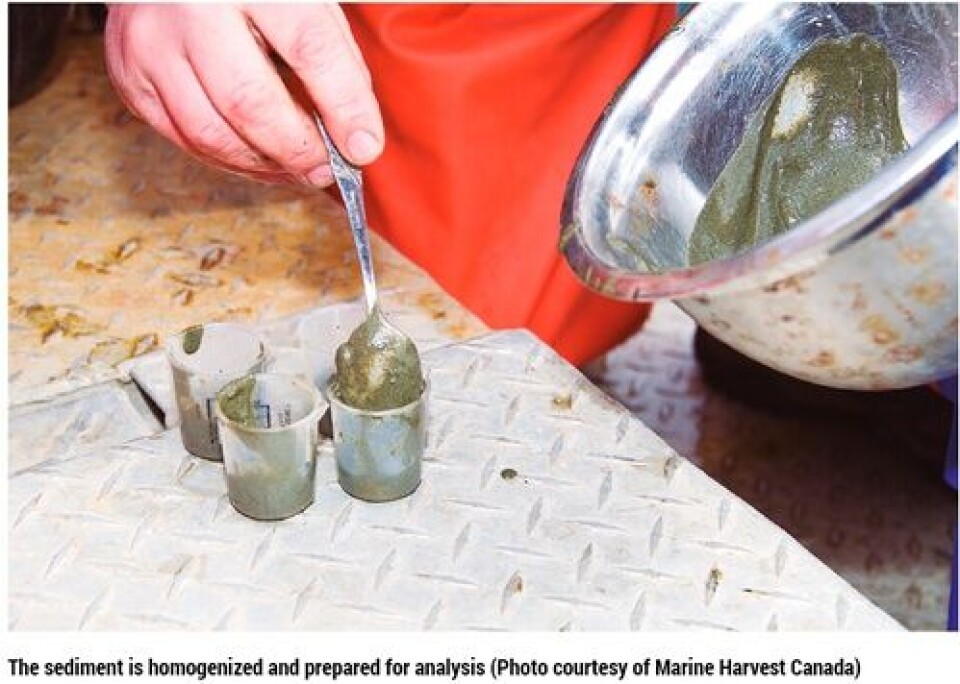
The goal of the C-Examination is to “provide in-depth knowledge about the environmental conditions in the remote and transition zones and towards the near zone of farms”. The regulations state that: “When significant impacts on the recipient from the farm are found, the report shall include advice on what measures should be implemented” and “In the case of a condition 4 there is probably production of methane gas and hydrogen sulfide in the sediments and total absence of burrowing animals (infauna)”. And § 36 of The Aquaculture Operational Regulations includes a provision for dealing with “Measures when unacceptable environmental conditions occur”: “If the investigations under this subsection still show unacceptable environmental conditions, the Department’s regional office in consultation with the County Department of Environmental Affairs may make a decision about the fallowing of the site. A decision to fallow will not be lifted before a new survey shows that the environmental condition is in one of the highest categories (condition 1 or 2)”. In British Columbia, the regulations for aquaculture are nestled under the old federal Fisheries Act, which doesn’t even have the word “aquaculture” in it.
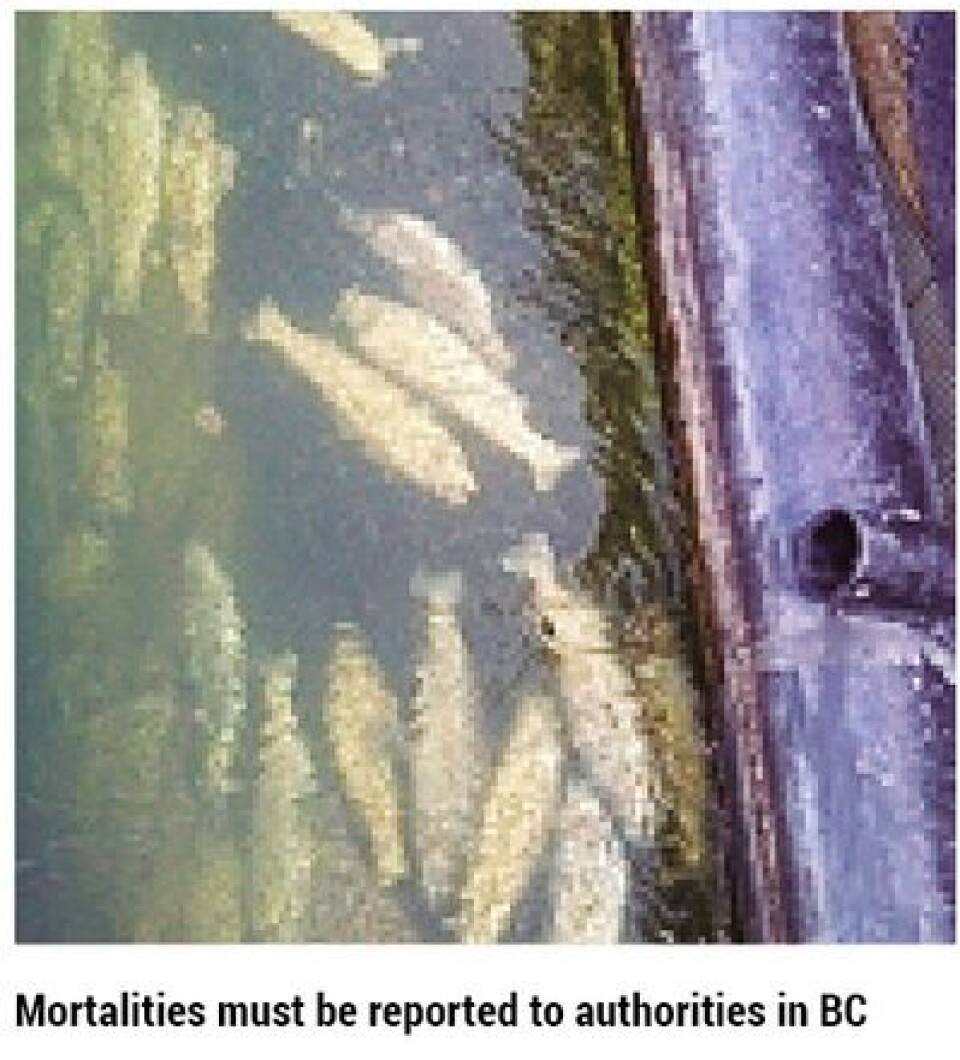
The BC regulations for benthic sampling consist of a requirement to collect at least 3 samples at 0, 30 and 125 meters from the edge of the cage system along each of at least two transects, a minimum of 50 meters apart, and upstream and downstream from the farm. Two reference stations are also included in the monitoring requirements, and samples are taken at peak biomass and prior to restocking. The following parameters are measured/determined and recorded: (i) depth of sediment in centimetres; (ii) sediment texture; (iii) sediment colour and presence of black sediment; (iv) odour on a scale of 0 – 4, with 4 being the strongest; (v) presence of gas bubbles; (vi) presence of Beggiatoa-like species; (vii) presence of Opportunistic Polychaete Complexes (OPC); (viii) presence of fish feed; (ix) presence of fish feces; (x) presence of flocculent organic material; (xi) macrophytes; (xii) megafauna; (xiii) terrigenous material; and (xiv) farm litter. Redox potential (Eh) and free sulphides (S) are also measured on sites with soft bottoms as follows: (i) Free sulphides, redox potential, metals package (only reporting copper*, zinc and lithium), and total volatile solids (TVS) at the zero-metre sampling stations. (ii) Free sulphides, redox potential, sediment grain size (SGS) and/or moisture content and TVS at the 30 m compliance sampling stations, (iii) Free sulphides, redox potential and TVS at the 125 m compliance sampling stations. *The routine monitoring of Cu might also become a part of the revised NS 9410 Standard. Based on the findings of a $400,000 (~€283,000) study commissioned by the BC Salmon Farmers Association conducted years ago that showed a distinct relationship between biological impact and the level of free sulphides in the sediment, the regulatory regime for benthic impact of salmon farms is based on the level of free sulphides, as this is a much easier (and less expensive) parameter to measure/evaluate. The general limitation is a free sulphide level of 4,500 μM at the 30 meter downstream monitoring station during peak biomass and a level of 1,300 μM prior to restocking, pending background (reference station) levels. Hard-bottom sites in BC require high-resolution video surveys, usually produced by the use of remotely operated vehicles (ROV’s). In February 2014, the Canadian government announced that it was providing $54 million (€38.2 million) over five years (2013 to 2018) “to further improve the regulatory system for the aquaculture sector in Canada”: The renewed Sustainable Aquaculture Program will help address the sector’s challenges to growth by streamlining regulations, improving regulatory management, increasing scientific knowledge and science-based decision-making, and ensuring transparency through enhanced public reporting. The renewal of this Program is providing $54 million for three key initiatives: • $6.5 million (~€4.6 million) per year will be available over the next five years for continued regulatory aquaculture science, $5.4 million (~€3.8 million) of which will directly support science and research activities on an annual basis. • $2.9 million (~€2.1 million) per year will be available over the next five years to build on existing work related to regulatory reform and governance. • $1.4 million (~€1.0million) per year will be available over the next five years for improved aquaculture public reporting on the environmental and economic performance of Canada’s aquaculture sector. A further announcement was made this month (February 2015) that the duration of Aquaculture Licences in BC will change from the current 12 months to a period of up to 9 years. Farm fish escapes or a suspected escape must be reported both in BC and Norway, but only in BC are these numbers publicly reported. The introduction and transfers of farmed salmon within zones and between zones and by species is also reported in both jurisdictions, but only available to the public in BC (except through Freedom of Information requests in Norway). The number and source country of imported Atlantic salmon eggs to BC is also information that is published by DFO. Farms in BC must have on file an approved Fish Health Management Plan, with public reporting of the number of farms audited by government agencies, as well as the number of dead fish sampled by calendar quarter. There is no such program in Norway. Mortalities must be reported to authorities in BC. The incidental catch of wild fish by species and by quarter and by site during harvesting events must be recorded and publicized in BC, but not in Norway. The same is the case for marine mammal interactions, where BC fish farmers must publicly report any accidental drowning or authorized marine mammal control activities, by site. Sea lice numbers by count for each fish farm site and for each quarter must be reported and published for each Atlantic salmon farm site in BC, while this information is only available on a regional basis in Norway. Monitoring of sea lice is done on a similar basis in both BC and Norway, with sampling frequency ranges from bi-weekly during the wild salmon smolt outmigration period (March 01 – June 30 in BC, at temperatures over 4°C in Norway). The regulated threshold for mandatory action (treatment, slaughter etc) is 3 motile L. salmonis per fish in BC, compared with 2 motile or 0.5 gravid female lice per fish in Norway. The sea lice issue is vastly different in BC, with tens of millions of wild Pacific salmon coming in to the coast with sea lice each year, while in a good year Norway might see the return of 5-600,000 Atlantic salmon to its rivers.
